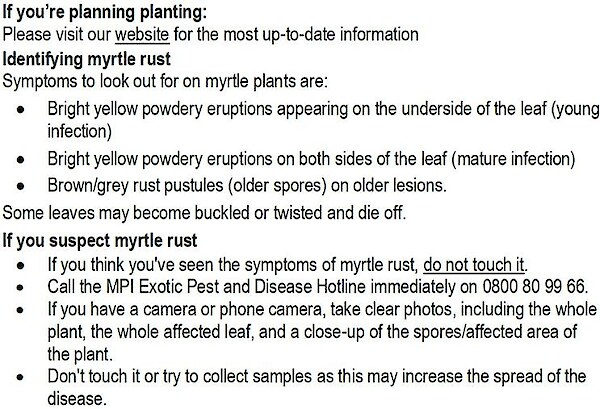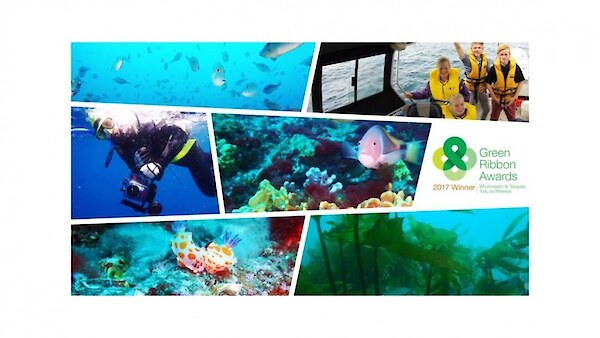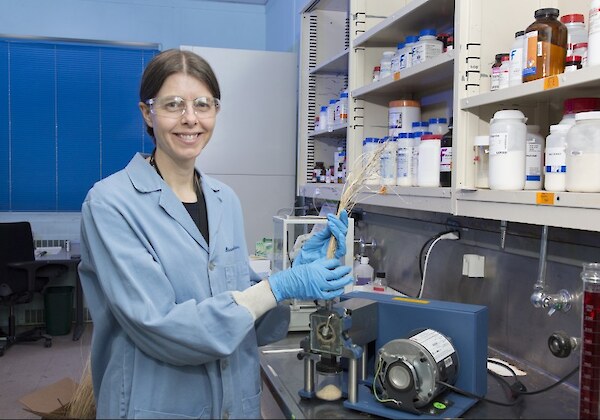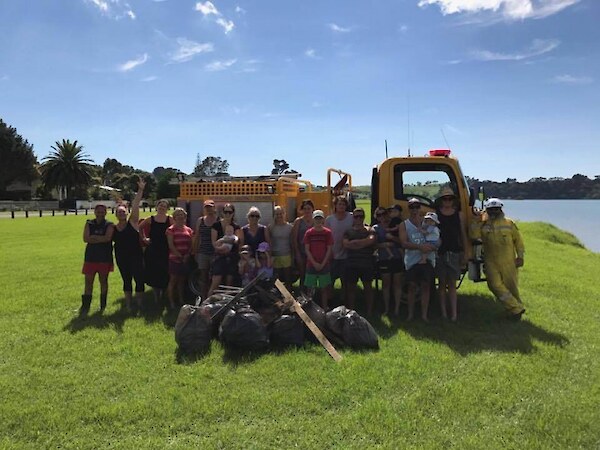Funding granted for Koi Carp project
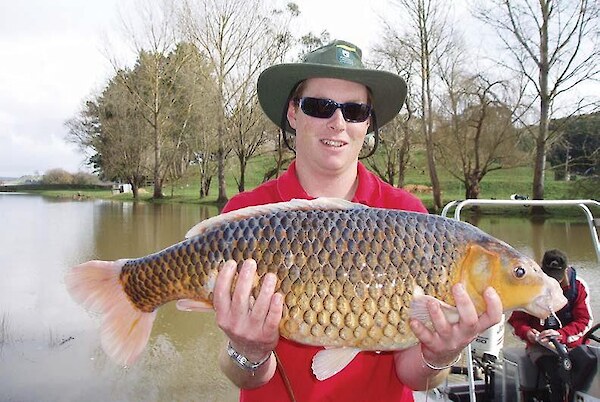 Pest koi carp will be processed as a native plant fertiliser in a dune restoration programme, Associate Environment Minister Scott Simpson announced today.
Pest koi carp will be processed as a native plant fertiliser in a dune restoration programme, Associate Environment Minister Scott Simpson announced today.
The $108,000 grant to the Coastal Restoration Trust, provided through the Community Environment Fund, will see digested koi carp, a pest fish, sourced from Waikato Regional Council’s pilot capture and processing facility, being used as fertiliser in community-based dune restoration programmes.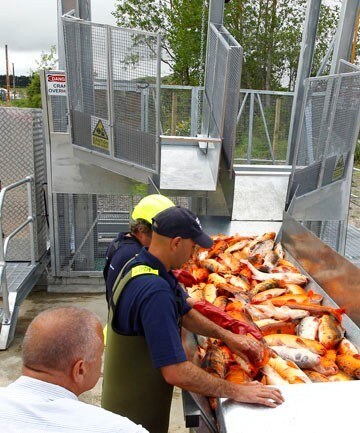
“This project is about turning an environmental problem into part of an environmental solution. Koi carp are a pest that the Waikato Regional Council was already working to eradicate. This project will take the derived fertiliser and pilot using it to support the growth of native plants on some of our degraded coastal dunes,” Mr Simpson says.
“What impresses me most about this project is that it demonstrates incredible levels of innovation, collaboration and commitment, and addresses not one but a range of environmental issues. All of the parties to the project are to be congratulated.”
Koi carp were introduced as an ornamental fish, but pose a significant threat to 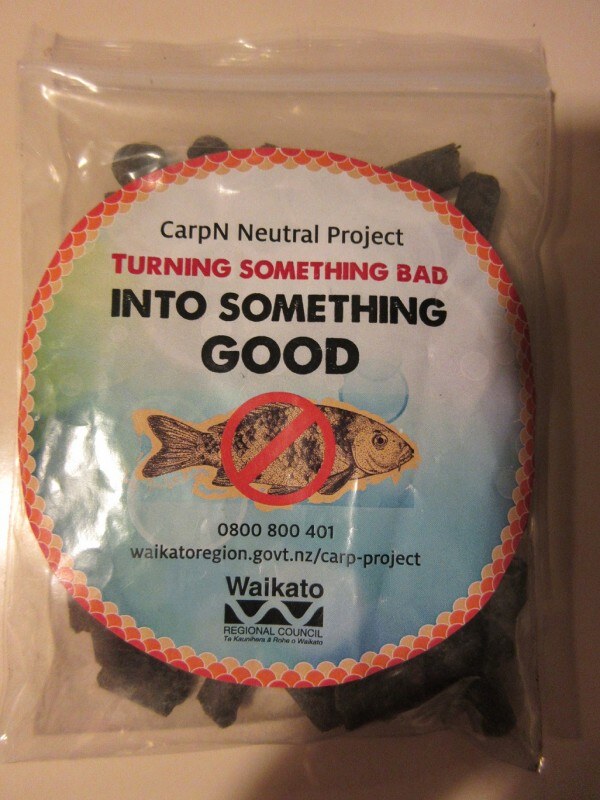 freshwater ecosystems by uprooting water plants, lowering water quality and eating insects normally consumed by native fish. Koi carp are considered to be one of the most invasive freshwater fish in the world.
freshwater ecosystems by uprooting water plants, lowering water quality and eating insects normally consumed by native fish. Koi carp are considered to be one of the most invasive freshwater fish in the world.
The Trust hopes to see at least 10 coast care groups using Koi carp derived material in their dune restoration programmes by the end of project.
The broader goal of the Trust is to give coastal communities a better understanding of dune systems, the current state of these habitats and practical options for restoration.
The Community Environment Fund provides funding to empower New Zealanders to take environmental action. It support projects that strengthen partnerships, raise public awareness of environmental issues, and encourage community participation in environmental initiatives. The fund has awarded more than $12 million to environmental projects since 2010.
As published on the beehive website.
Posted: 7 July 2017 in the News category

